Dragon Quest Games Ranked
Dragon Quest is turning 35, so we've ranked all of the main games from worst to best!
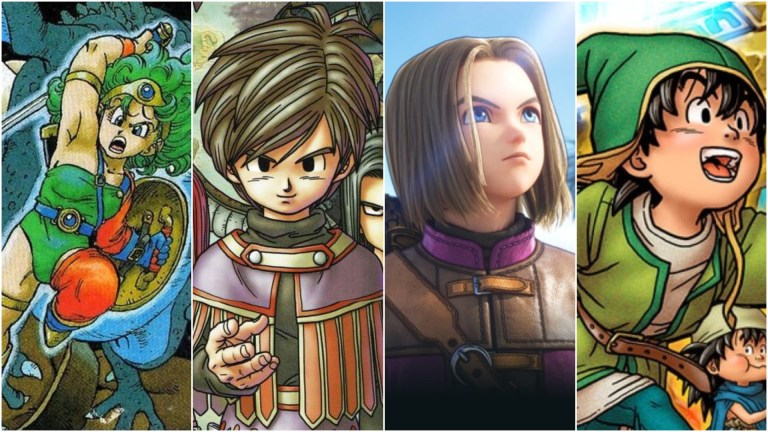
Even if you’ve never played a Dragon Quest game, you’ve undoubtedly played other titles influenced by the series. Basic JRPG tropes like the overhead view, turn-based combat, and the medieval fantasy setting all got their start with the original Dragon Quest (then called Dragon Warrior in the West).
While many of these game design innovations are attributed to Final Fantasy, which was released in North America first, the Japanese release of Dragon Quest actually beat Final Fantasy by a full year at a time when Square and Enix were still separate companies. In fact, Final Fantasy probably wouldn’t exist if not for the massive success of Dragon Quest.
Since then, the series has seen plenty of ups and downs. While Dragon Quest has always been a huge hit in Japan, the original game sold so poorly in the U.S. that it was given away with subscriptions to Nintendo Power. Unsurprisingly, a couple of games in the long-running series took more than a decade to see English language releases. But with the most recent game receiving widespread critical acclaim, and even a nod in Super Smash Bros. Ultimate, the series is finally getting the recognition it deserves around the world.
With 2021 marking the 35th anniversary of the first game’s release, there’s no better time rank the best and worst Dragon Quest games in the main series. Unfortunately, we could not include the Japan-only MMORPG Dragon Quest X in this ranking as its never been released in North America.
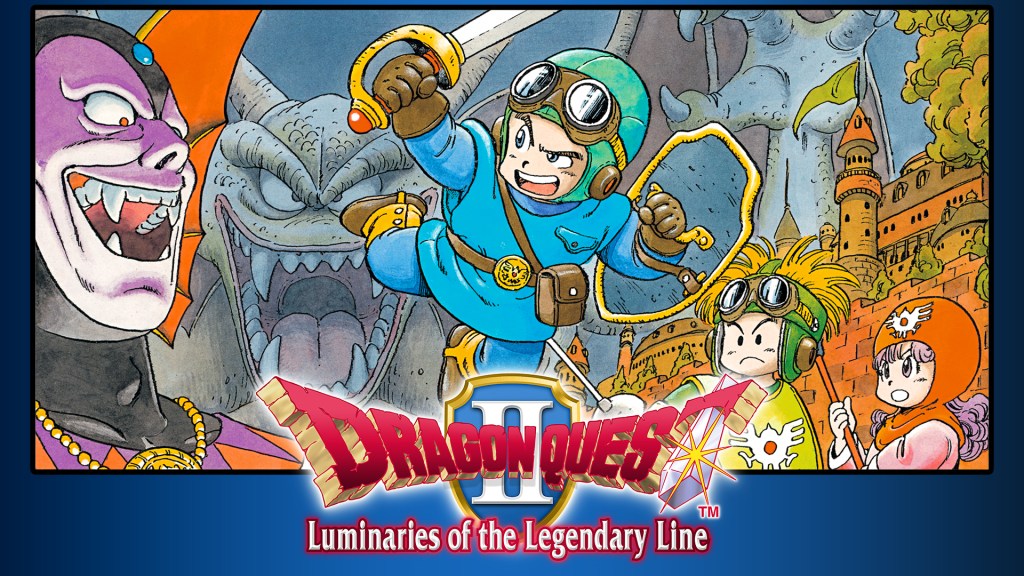
10. Dragon Quest II: Luminaries of the Legendary Line
1987
Dragon Quest II improved on the original in almost every way, but these days it’s more so viewed as a stepping stone for what the series would become rather than an essential entry. While the first game only allowed for 1v1 encounters, Luminaries of the Legendary Line introduced three-person parties, encounters with multiple enemies, and deeper combat options.
But those innovations came at a cost, including nasty difficulty spikes and a high encounter rate. Add in a rather rote story about a prince saving the world, and there’s just not much here to justify a playthrough now, even if the many re-releases have slightly improved the gameplay.
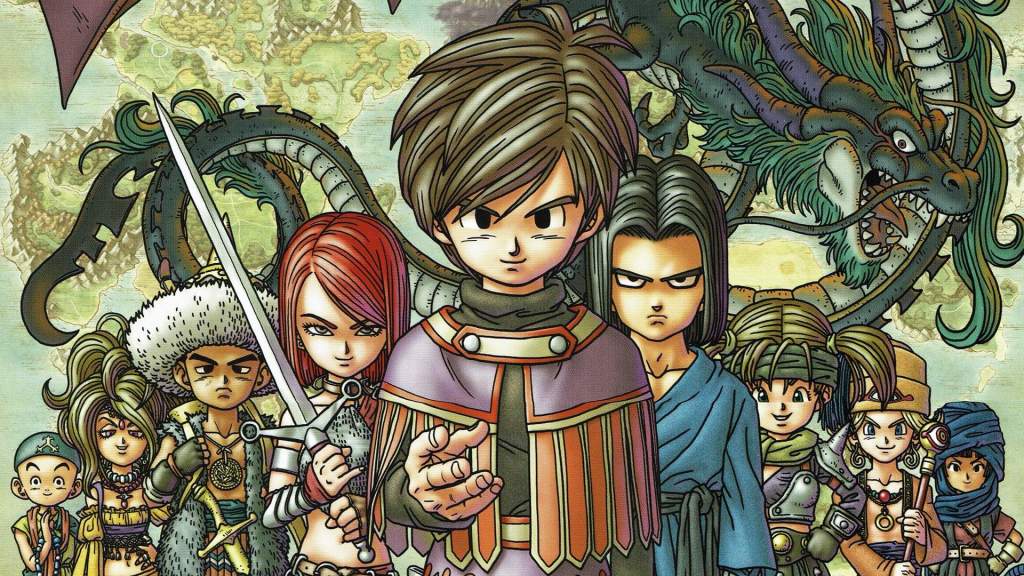
9. Dragon Quest IX: Sentinels of the Starry Skies
2009
While well-received when it was released, time hasn’t been especially kind to Dragon Quest IX. It remains a high point in the series for allowing lots of customization for both the main character and party members, but that feature was tied to the game’s online capabilities, and Nintendo shut down its DS network years ago. If you try to play Dragon Quest IX now, you’re just not getting the full experience.
Square Enix has shown a strong willingness to remake and re-release Dragon Quest games over the years, and given that we’ve already seen remakes of the first eight games, it seems like it’s only a matter of time until we see Sentinels of the Starry Skies return in all of its customization glory.

8. Dragon Quest
1986
There’s a reason why so many indie RPGs are still built on the bones of this classic: the great grandfather of the JRPG genre holds up remarkably well 35 years after its initial release. Dragon Quest still has incredible charm and addictive gameplay, even if it isn’t the deepest title when compared to modern RPGs.
With only five towns, five dungeons, and 1v1 battles, Dragon Quest is a simple and relatively quick playthrough by today’s standards, but it perfectly scratches that role-playing itch if you don’t have the energy to spend hours tweaking a character and planning strategies in a modern game.
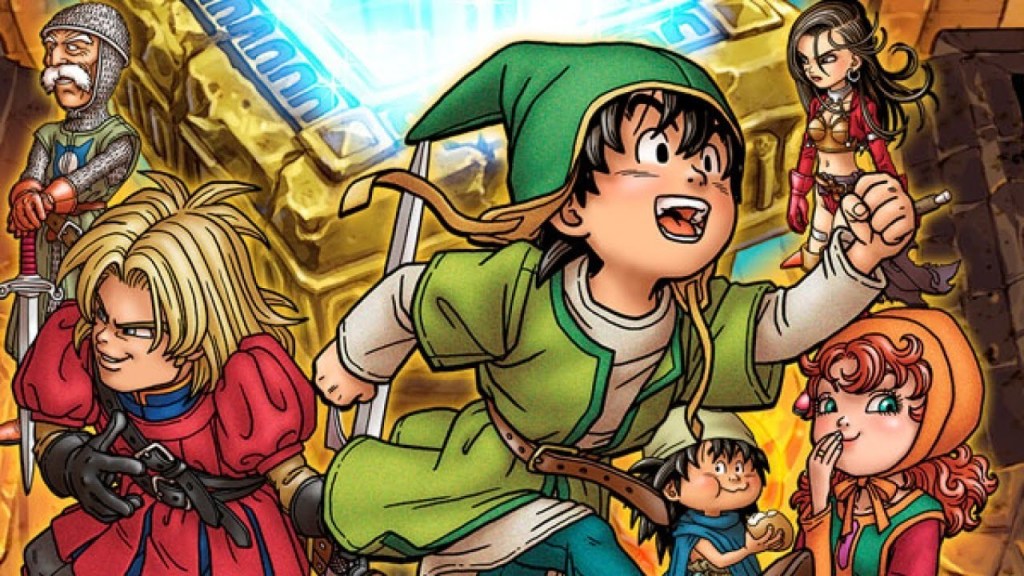
7. Dragon Quest VII: Fragments of the Forgotten Past
2000
Arriving at the tail end of the PS1 era, Dragon Quest VII was in many ways a culmination of what many still consider to be the genre’s golden age. Opening on a small island that at first seems to be the only landmass left on the planet, Fragments of the Forgotten Past features one of the most interesting stories in the series, and the challenging gameplay mixed with the deep class system gives it plenty of legs.
But Dragon Quest VII also suffers from a major Achilles’s heel: its monumental length. The game certainly straddles the line of what can be considered too long, with a single playthrough typically taking around 100 hours. You have to really, really like the sometimes meandering story and the gameplay to get through this installment. Still, if you have the time and patience to put into it, Fragments of the Forgotten Past delivers like few other RPGs.
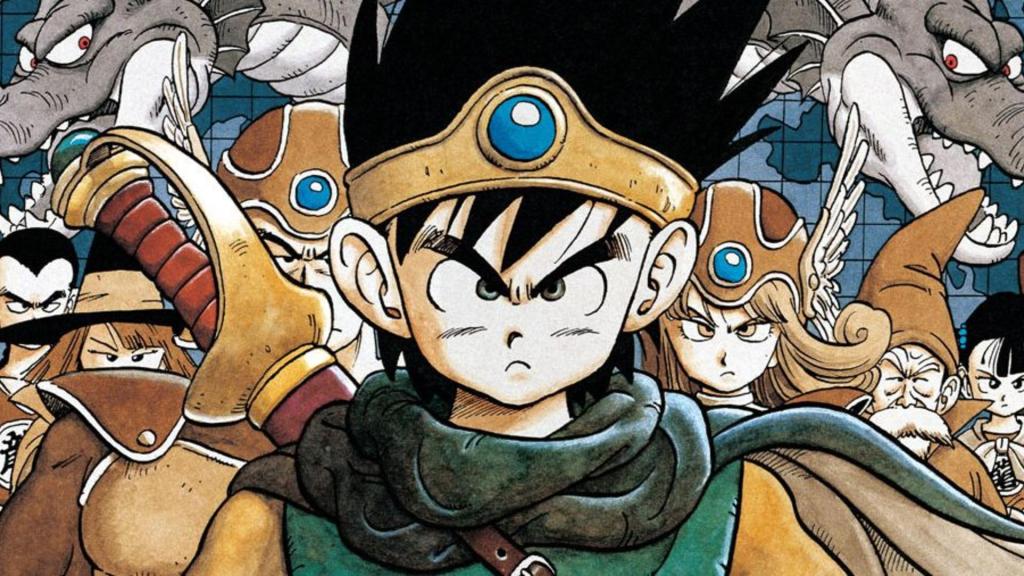
6. Dragon Quest III: The Seeds of Salvation
1988
Dragon Quest III is the first title in the series that really feels like a typical JRPG. It was the Dragon Quest game that introduced the ability to swap between multiple party members throughout the adventure, as well as quality of life improvements like quick item sorting and the ability to fill all HP with a menu command.
Best of all, The Seeds of Salvation features a more fully fleshed out plot than the first two games. Yes, you’re still the legendary hero out to save the world, but this time when you think you’ve won, the “real” evil appears, and it turns out there’s a lot more game to play, a then-innovative plot twist that would become an RPG staple for years to come.
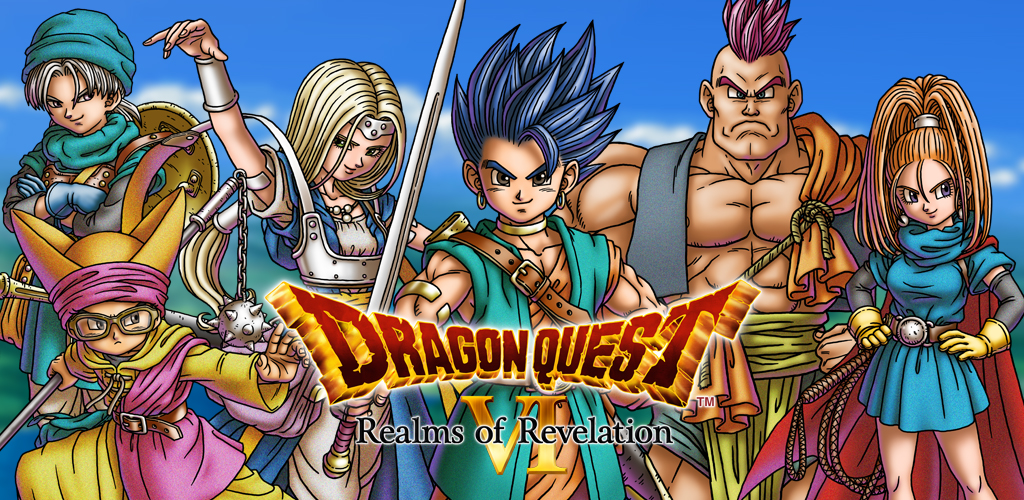
5. Dragon Quest VI: Realms of Revelation
1995
Realms of Revelation is a really solid entry in the series that arrived way too late in the West to get its proper due. Originally released for the SNES in 1995 at the peak of its popularity, the big hook is switching between a “real world” full of typical medieval castles and villages, and a more surreal “dream world” made up of people’s dreams. There’s definitely a strong Link to the Past influence.
Unfortunately, Dragon Quest’s popularity was at a low point in North America at the time of its original release, and we only saw the excellent DS port of Dragon Quest VI in 2011. See? There is some hope we might see Dragon Quest X in other territories, it just might take another decade or so.
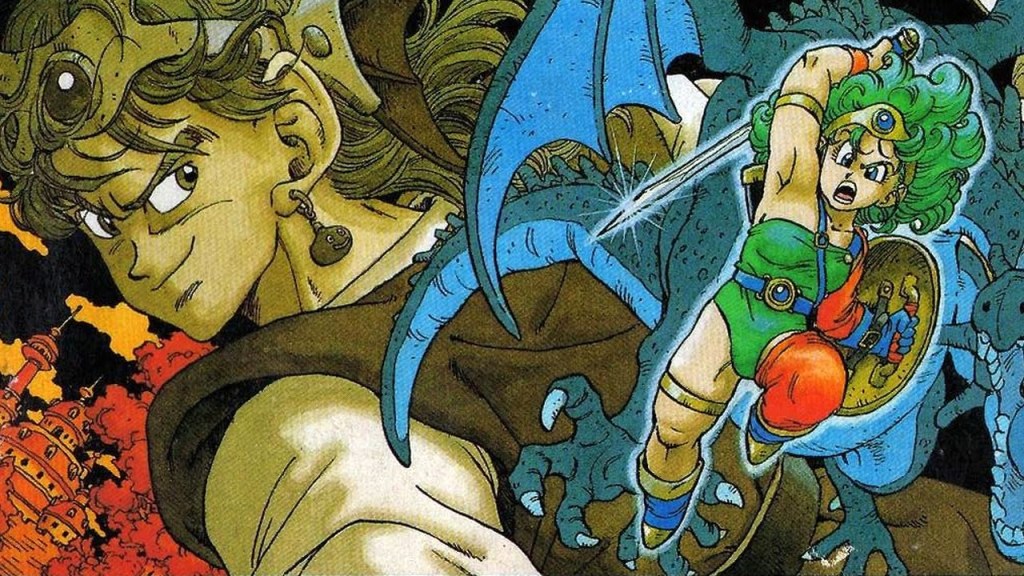
4. Dragon Quest IV: Chapters of the Chosen
1990
For better or for worse, the Dragon Quest games are notorious for following a pretty strict formula of an unnamed hero gathering a party to venture forth and save the world. Dragon Quest IV was the first game in the series to change things up, and the results are still praised three decades later. Instead of starting off as a hero, the first four chapters see you playing as different party members, before finally meeting up with the protagonist in the fifth chapter. Then you save the world. Okay, so it’s not a huge departure from the other games in the series, but each chapter is really well written.
Originally released in Japan and North America for the NES, Chapters of the Chosen was also remade for the PlayStation 1. The stateside release of that game was cancelled at the last minute, but a second DS remake featuring a brand new sixth chapter eventually saw a worldwide release in 2008.
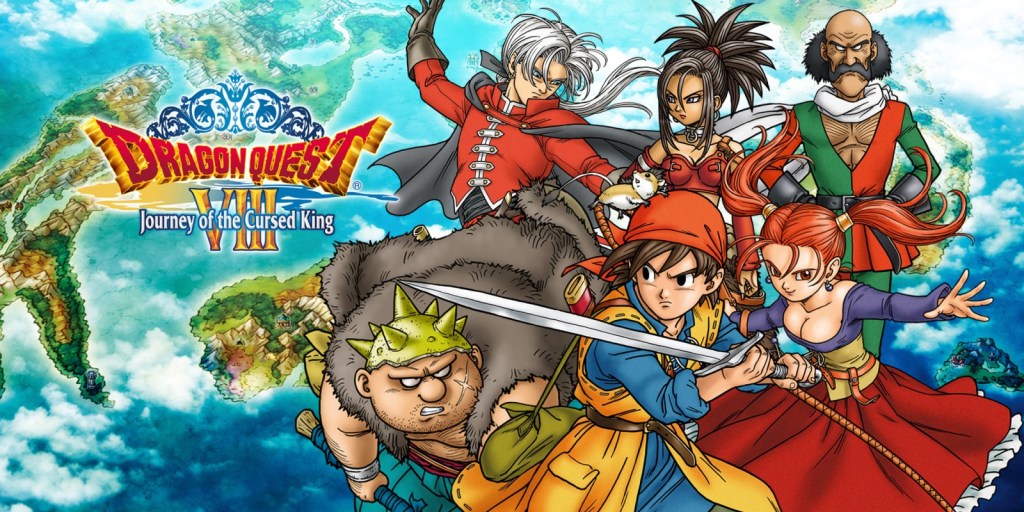
3. Dragon Quest VIII: Journey of Cursed King
2004
Journey of the Cursed King is the first game in the Dragon Quest series to feature fully 3D graphics, although the classic gameplay didn’t change much. In fact, you still select attacks in first-person mode. But it does feature one of the better stories in any Dragon Quest game. This time, the nameless hero has to save the king, who has been turned into a troll, and the princess, who has been turned into a white horse. Great characters and the inclusion of voice acting elevate the game above most other Dragon Quest titles, and even most JRPGs of the era.
Thanks to the bright, cel-shaded graphics, Dragon Quest VIII has aged remarkably well for a PS2 game, but the 3DS port, with extra playable characters and new story scenes is arguably the definitive version at this point.
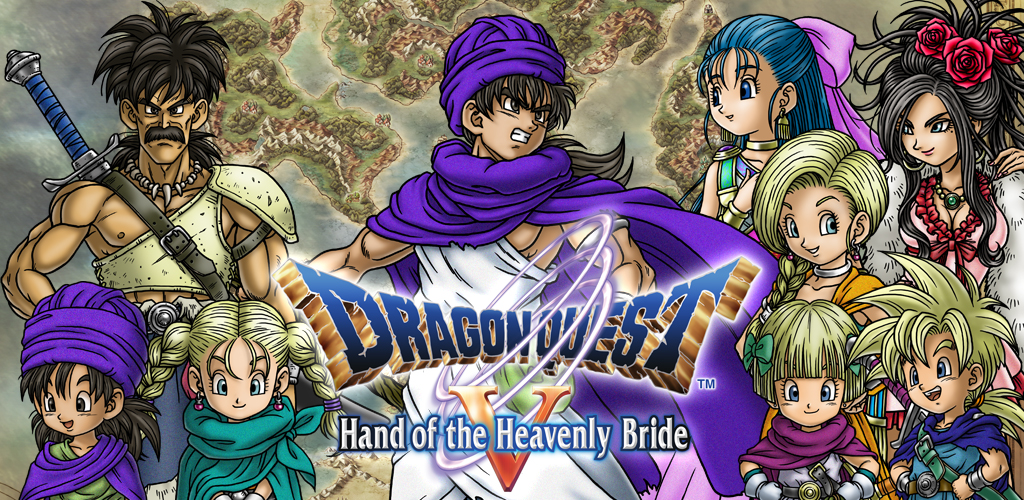
2. Dragon Quest V: Hand of the Heavenly Bride
1992
Dragon Quest V is still the pinnacle of storytelling for the franchise. The game starts with the birth of the hero, and then proceeds to follow him through the ups and downs of the next three decades of his life. For the first and only time in the series, you’re even joined on your quest by your two children. Hand of the Heavenly Bride delves into the life of its main character in a way that few other JRPGs ever have. Add in the ability to recruit monsters to your party for the first time, and you’ve got the recipe for a legendary adventure.
While Dragon Quest V was well-received in Japan, it arrived at a time when sales for the series were so poor in North America that Enix closed down its American office, so the SNES version was never officially localized. Thankfully, the DS remake finally saw a worldwide release in 2009. That version has gotten pricier in the last few years, but it’s well worth tracking down for any RPG fan.
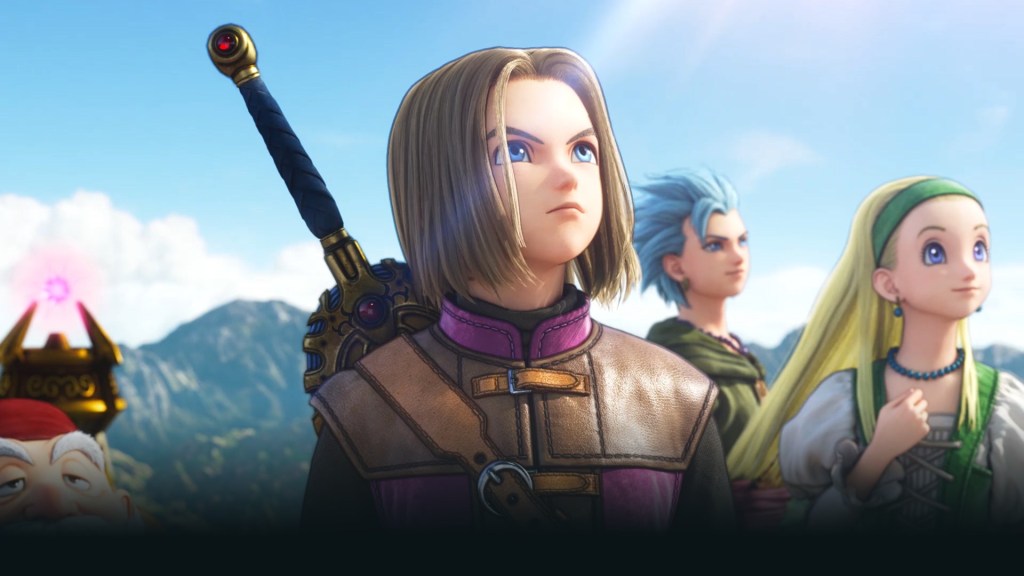
1. Dragon Quest XI: Echoes of an Elusive Age
2017
Echoes an of an Elusive Age is everything that makes the Dragon Quest series great wrapped in a beautiful HD package. The turn-based combat offers more options than ever; the characters, from the magic-wielding sisters Veronica and Serena, to the flamboyant performer Sylvando, are among the most memorable in the entire series; and the story is incredibly deep and emotional. And just when you think you’re finished, a surprising bit of time travel opens up the final third of the game, which is actually its best act.
The original release of Dragon Quest XI would have topped this list, but with the extras added in the 2019 Definitive Edition, it’s going to be difficult for any future title in the series to approach its greatness. Square Enix also added the ability to play the entire game in a 2D mode similar to the Japan-exclusive 3DS version of the game. There are also secret missions that call back to all 10 previous games in the series. Echoes of an Elusive Age is the absolute pinnacle of the series, and easily one of the best RPGs of all time.
